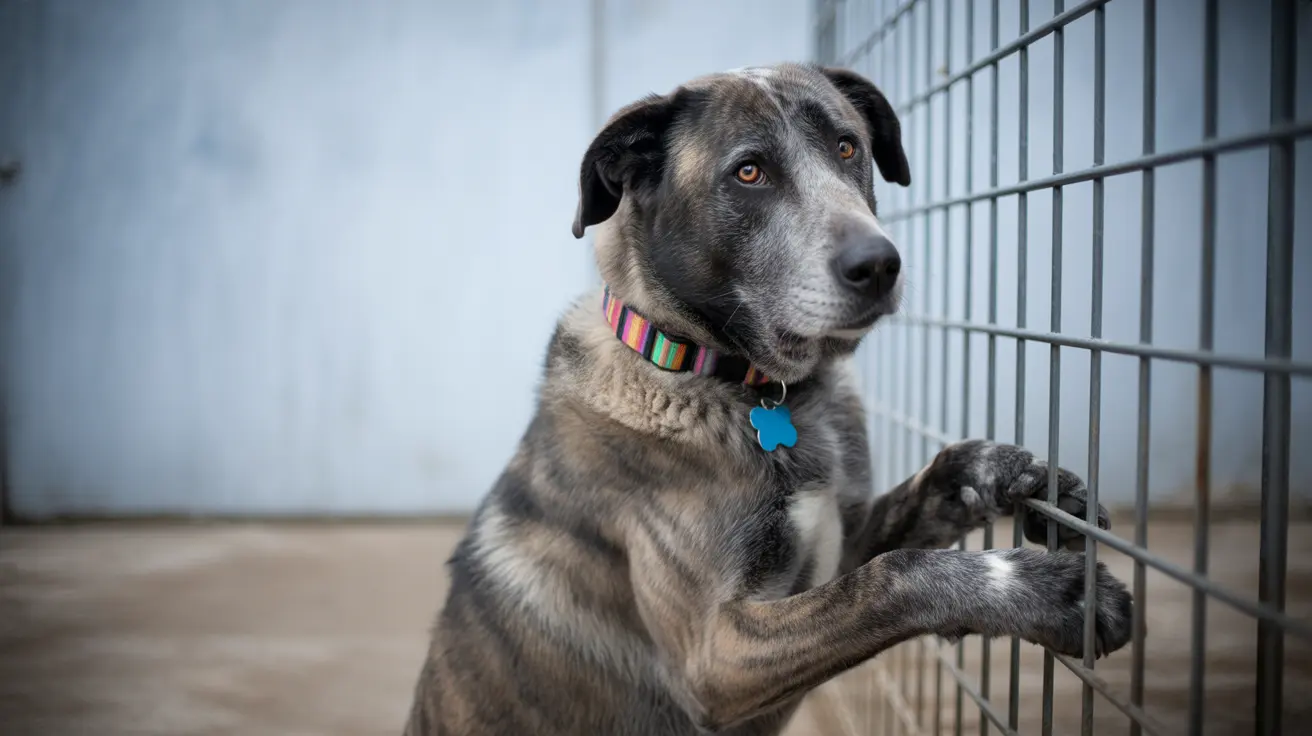Understanding your dog's age in human years is more complex than the traditional "multiply by seven" rule. When it comes to calculating how old a 13-year-old dog is in human years, several factors come into play, particularly the dog's size and breed. This comprehensive guide will help you understand exactly how your 13-year-old furry friend's age translates to human years.
The Modern Approach to Calculating Dog Years
Gone are the days of the simple 7:1 ratio for converting dog years to human years. Scientists and veterinarians now recognize that dogs age more rapidly during their first two years of life, with the aging process then varying significantly based on size and breed. For a 13-year-old dog, this means their human age equivalent can range anywhere from 68 to 100 years, depending on their size.
Size-Based Age Calculations for 13-Year-Old Dogs
Small Breeds (Under 20 pounds)
Small breeds like Chihuahuas, Yorkshire Terriers, and Toy Poodles typically age more slowly. At 13 years old, these dogs are equivalent to approximately 68 human years. They often remain more active and healthier at this age compared to their larger counterparts.
Medium Breeds (21-50 pounds)
Medium-sized dogs such as Beagles, Cocker Spaniels, and small Bulldogs reach about 74-82 human years by age 13. These breeds generally experience a moderate aging progression throughout their lives.
Large Breeds (51-90 pounds)
Large breeds including German Shepherds, Labrador Retrievers, and Golden Retrievers age faster after maturity. By 13 years, they've reached the equivalent of 82+ human years, often showing more pronounced signs of aging.
Giant Breeds (Over 90 pounds)
Great Danes, Saint Bernards, and other giant breeds age most rapidly. A 13-year-old giant breed dog is considered equivalent to around 100 human years, though many don't reach this advanced age.
Health Considerations for 13-Year-Old Dogs
At 13, most dogs are considered senior or geriatric pets, requiring special attention to their health needs. Common considerations include:
- Regular veterinary check-ups (at least twice yearly)
- Modified diet for senior dogs
- Gentle exercise routines
- Joint support supplements
- Dental care
- Weight management
- Mental stimulation activities
Signs of Aging in 13-Year-Old Dogs
Regardless of size, 13-year-old dogs may exhibit various age-related changes:
- Reduced mobility or stiffness
- Changes in sleep patterns
- Decreased energy levels
- Dental issues
- Vision or hearing changes
- Gray hair, especially around the face
- Changes in appetite or weight
Frequently Asked Questions
How old is a 13-year-old dog in human years for different breed sizes?
A 13-year-old dog's age in human years varies by size: small breeds are about 68 years, medium breeds 74-82 years, large breeds 82+ years, and giant breeds around 100 years.
Why doesn't the "one dog year equals seven human years" rule accurately reflect a dog's age?
This outdated rule doesn't account for dogs aging faster in their early years and the significant variations in aging rates between different breed sizes. Dogs mature much more quickly in their first two years of life.
How does a dog's size affect its aging and lifespan compared to humans?
Smaller dogs generally age more slowly and live longer than larger breeds. This is why a 13-year-old small dog might be equivalent to 68 human years, while a giant breed of the same age could be equivalent to 100 human years.
What is the scientific method for calculating dog years to human years?
Modern scientific calculations use formulas that account for size, breed, and non-linear aging patterns. One research-backed method uses the formula: human age = 16 × ln(dog age) + 31, though size-specific charts are often more practical for pet owners.
How should I adjust care for my dog as it reaches the equivalent of 13 human years?
Increase veterinary visits, adjust exercise routines, provide appropriate senior dog nutrition, consider joint supplements, maintain dental care, and watch for age-related health issues while keeping your dog comfortable and mentally stimulated.






